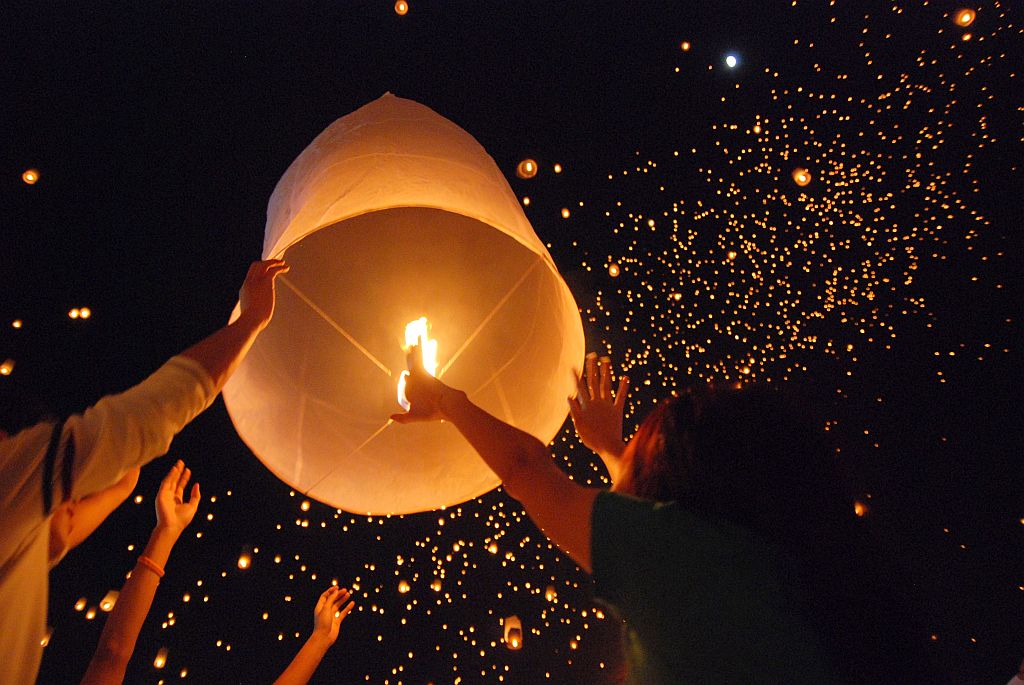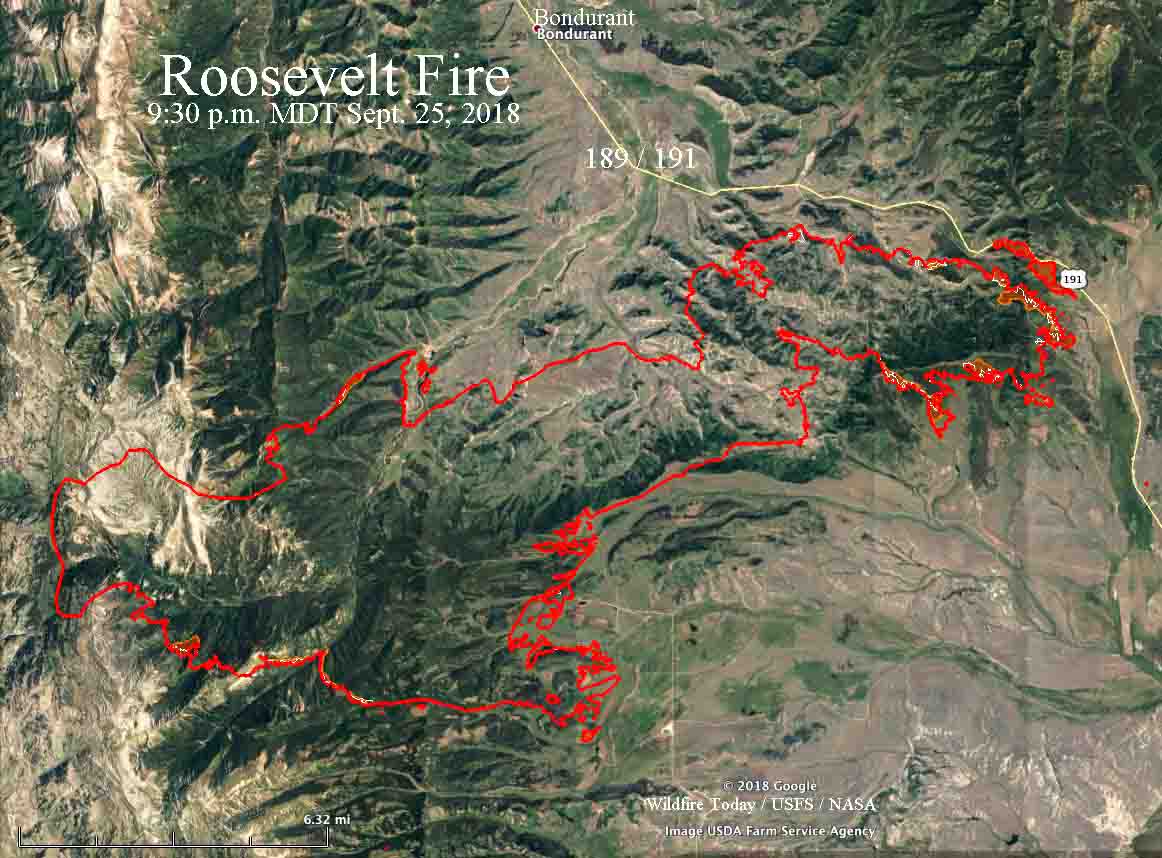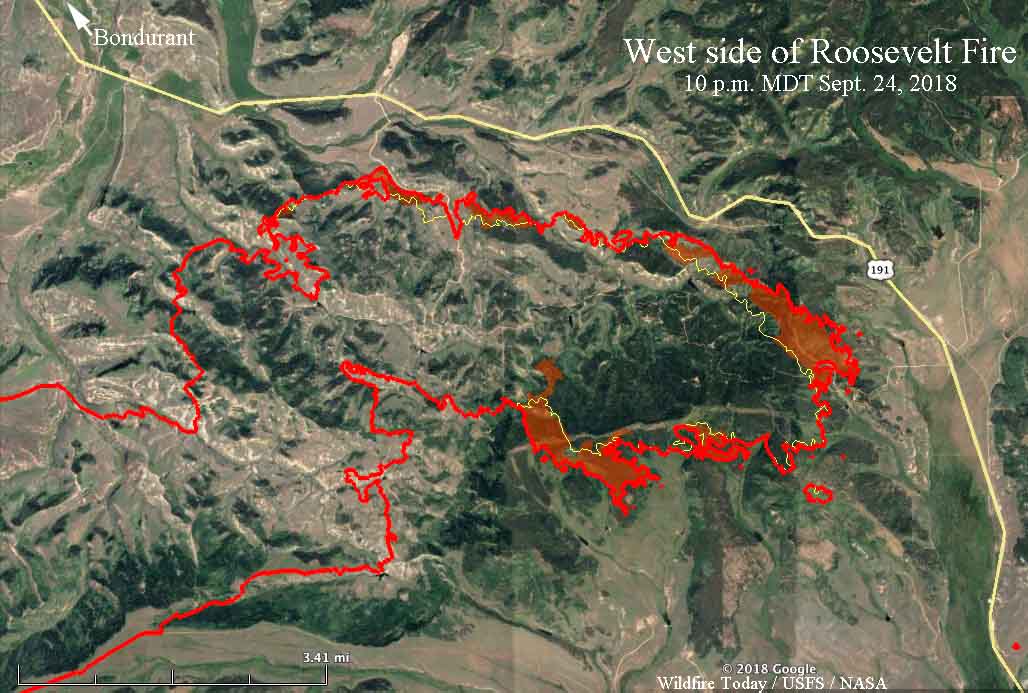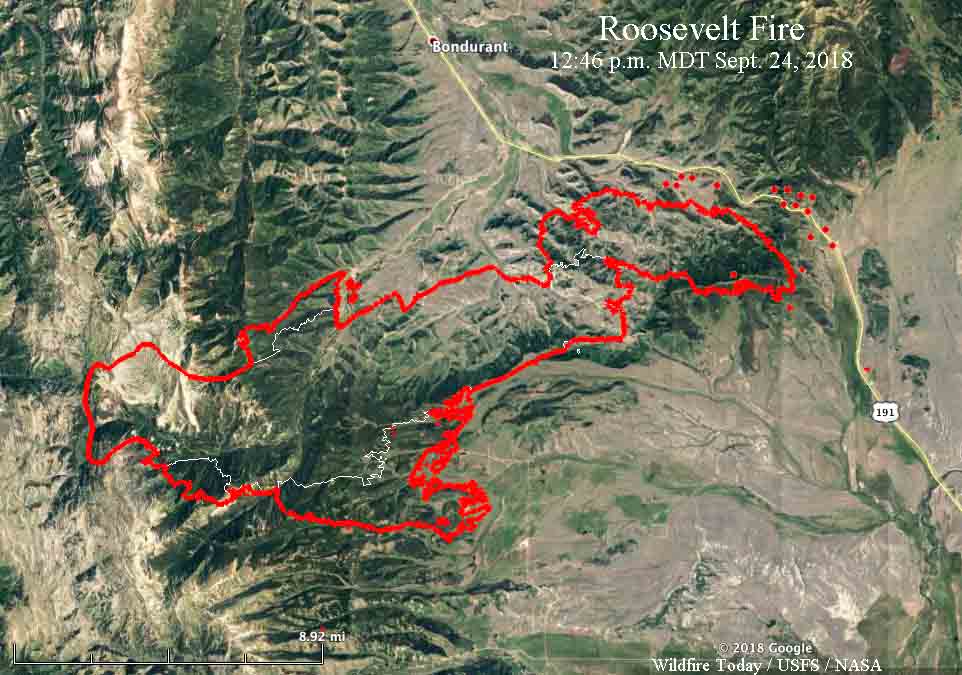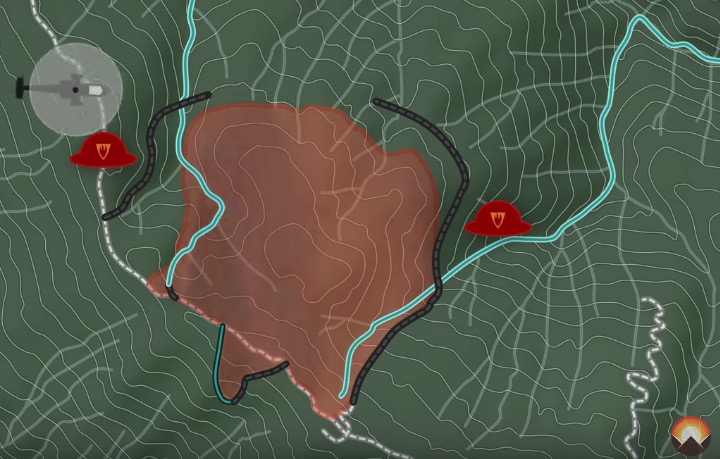Above: Screen shot from the video of the fire tornado filmed by the Helicopter Coordinator on the Carr Fire July 26, 2018 near Redding, California.
When Chief Royal Burnett retired in 1993 his employer’s agency was still called California Department of Forestry (CDF). At that time he was Chief of the Shingletown Battalion of the Shasta-Trinity Ranger Unit in Northern California. Still keeping his hand in the game, Chief Burnett recently spent some time analyzing how the disastrous Carr Fire spread into his town, Redding, California in July of 2018.
“I retained my interest in fire and fuel modeling after retirement”, the Chief said, “and with my fire geek friends I try to keep current.”
Chief Burnett told us that when he left the CDF he was qualified as a Type 2 Incident Commander, Type 1 Operations Section Chief, Type 1 Planning Section Chief, and Fire Behavior Analyst. He has lived Redding, California for 40 years.
The article below that the Chief wrote about his analysis of the Carr Fire is used here with his permission. A version of it has previously appeared at anewscafe.
The Carr Fire burned 229,651 acres and 1,079 residences, about 800 in the county area and the remaining number inside the city limits.
My friends Steve Iverson, Terry Stinson and I spent several days looking at the portion of the Carr Fire burn where it entered the city of Redding. This would be the Urban portion of the Wildland Urban Interface. That part of our town is newer construction, high-end subdivision homes built to California’s “SRA Fire Safe Regulations”. That is, non-flammable roofs, stucco siding, and all the rest of the State’s requirements. How did we lose almost 300 of them in one wildfire?

Many of these homes were built right on the edge of the Sacramento River canyon on finger ridges to maximize the view, or on the rim of side draws — anything to maximize the view from the property and capture the afternoon up-canyon wind flow. Most had large concrete patios and some had pools. There were no wooden decks extending over the canyon that I saw.
The Canyon is about ½ mile across where most of the houses burned, with the slope estimated at around 100 percent. The aspect where most of the homes burned is west-facing, meaning it catches the afternoon sun and preheats the forest fuels.
The canyon itself was predominantly filled with manzanita 12 to 15 feet high (75 percent) and the remainder was oak woodland, with scattered ceanothus brush and poison oak . The brush field was approximately 75 years old, having sprouted after Shasta Dam was completed in 1945. Available fuel loading ranged from 1 to 3 tons per acre in the oak woodland to 13 tons per acre in the heavy brush. All herbaceous material was cured and live fuel moisture was approximately 80 percent in manzanita — right at the critical level, which means it will burn as if its a dead fuel, not a live one.
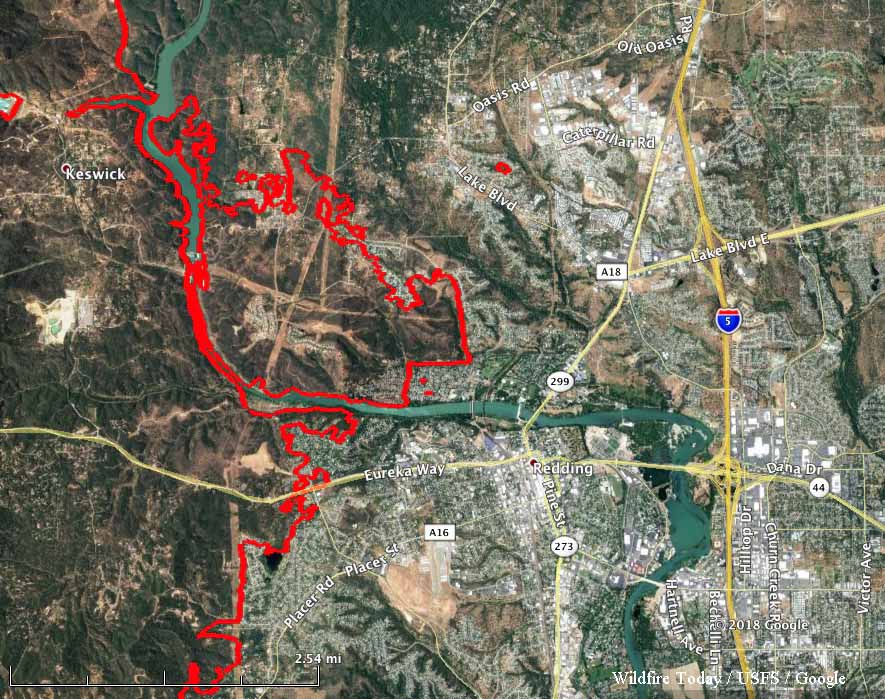
So, we’ve got a canyon filled with tons and tons of very flammable brush on an extremely steep slope with hundreds of very pricey homes perched on the rim, on a day when the temperature was 112 degrees and relative humidity was around 9 percent. To repeat a phrase from the 1960s, this was a “Design For Disaster”. (That was the title of fire training film describing the events of the Bel Air fire in Los Angeles County in 1961). [below]
We can determine how things burned by looking at burn patterns and other forensic evidence. For those who did this for a living its like reading a book. It was easy to figure out why the houses on the rim burned — they were looking right down the barrel of a blowtorch. Even though they had fire resistant construction, many had loaded their patios with flammable lawn furniture, tiki bars and flammable ornamental plants. Palm trees became flaming pillars, shredded bark became the fuse, junipers became napalm bombs.
Under current standards houses are build 6 to an acre; 10 feet to the property line and only 20 feet between houses. Once one house ignited, radiant heat could easily torch the next one.
We followed burned wood fence trails from lot to lot — wooden fences were nothing more than upright piles of kindling wood — and then into some ornamental shrubbery with an understory of shredded bark which torched and set the next house on fire. Then the fire progressed away from the canyon rim, not a wildland fire now, but a series of house fires, each contributing to the ignition of the next one.
We noted several, perhaps as many as a half dozen homes that burned from the ground up. Fire entered the building at the point where the stucco outer wall joined the slab and fire in the decorative bark was forced into the foam insulation and composition board sheeting under the stucco by the wind. Normally a fire in decorative bark is not a problem, it simply smolders. But in this case, where literally every burning ember was starting a spot fire and those spot fires were fanned by 100 mph in-draft wind, those smoldering fires were fanned into open flames which burned the homes. A simple piece of flashing could have prevented some of that loss.
We built homes to a fire resistant standard and then compromised them.
The fire hit Redding on an approximately two-mile front. It spotted across the Sacramento River in several locations and spread rapidly in the canyon, spawning numerous fire whirls. The updrafts caused the convection column to rotate, generating firestorm winds estimated at 140 mph. I’d guess most of the homes that were lost burned in the first hour after the fire crossed the river. The fire and rescue services were overwhelmed.

The city of Redding allowed home construction on canyon rims, places that have proven to be fire traps over the years in almost every community where this construction has been allowed. Houses built in those exposed areas are similar to houses built in a flood zone. Its not a question IF they will burn, the question is When?
These subdivisions had limited egress. In one high-priced gated subdivision there is only one way in or out. Redding planners have seemingly ignored the lessons from past disasters like the Tunnel Fire in Oakland Hills in 1991 where 2,900 homes burned and 25 people died.
The city’s green belts have proven to be nothing but time bombs — fuel choked canyons that are a haven for her homeless. How many fire starts have we had in the canyon below Mercy Hospital, or in Sulfur Creek below Raley’s on Lake Boulevard? The homeless problem has exacerbated the fire problem. The fuels are there, the homeless provide the starts.
Even today, new subdivisions are being built overlooking the burned out canyons, looking across the rim at the ruins of homes burned in the Carr Fire.
The Sacramento River canyon will regrow, and it will be more flammable next time and stumps sprouting brush and noxious weeds will germinate in the burned area. The skeletons of the burned trees will become available fuel. In a couple of years the fuel bed will be more receptive to fire than it was before the Carr Fire.
If we don’t learn from our mistakes we are doomed to repeat them.
Thanks and a tip of the hat go out to Kelly.
Typos or errors, report them HERE.


